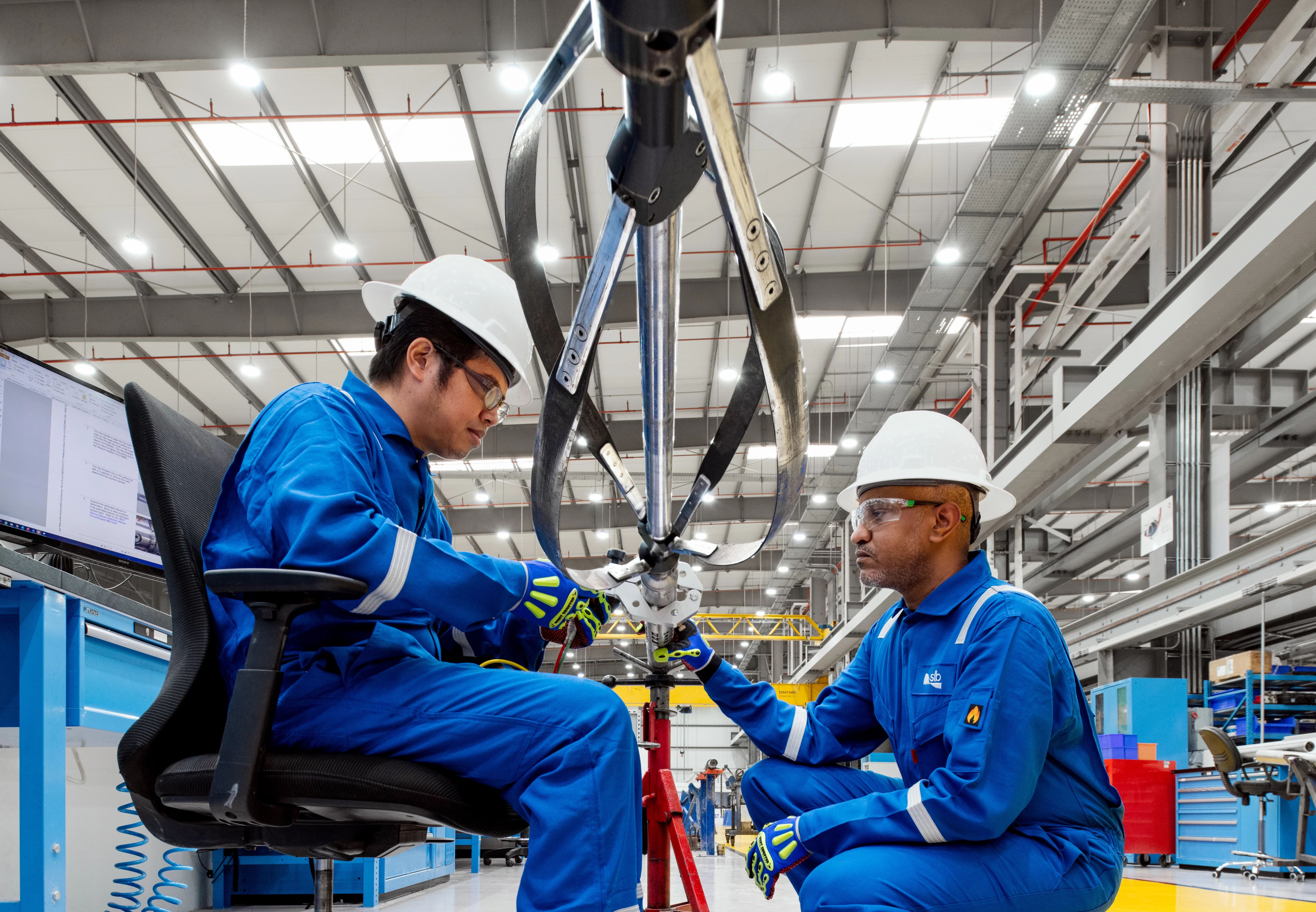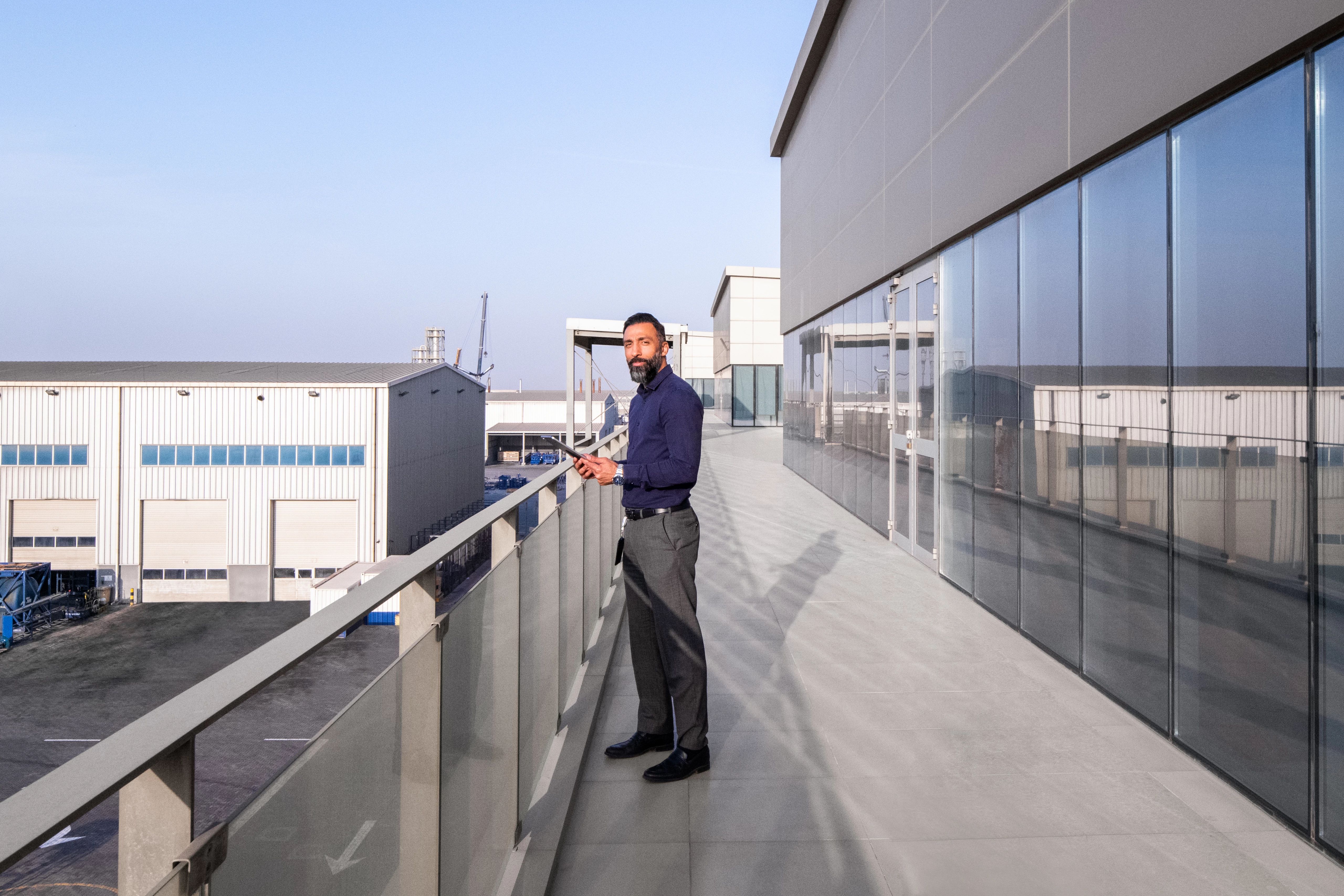Insights Article ESG reporting: Leveraging sustainability's under-utilized impact accelerator
ESG reporting can accelerate sustainability impact in multiple ways by activating both your internal and external stakeholders.
Through responsible resource procurement, optimized maintenance, and engineered solutions to promote product longevity and minimize waste




Our TLM function focuses on efficiently moving assets through the maintenance process while ensuring that they are serviced to full operational readiness. To trigger these maintenance events, TLM is moving from traditional time-based maintenance—which can result in excessive transportation and servicing of assets—to condition-based maintenance, which optimizes maintenance schedules based on the operating environment and measurable criteria. This process is being further enhanced through new digital capabilities with intelligent health analyzers that advise on tool health and maintenance needs. By optimizing maintenance programs, we can reduce the number of assets required and the resources consumed to maintain them.
In addition to optimizing asset maintenance, the TLM function has a framework and structure to maximize asset life. Our maintenance and operations teams work collaboratively with the technology sustaining engineering teams to identify asset and component life limiters and continually implement maintenance program and design changes to extend useful life.
To meet differing customer requirements, we aim to design modular technologies. This enables reconfiguration of assets as required and avoids manufacture of additional variants. Asset modularity is combined with a strong focus on asset efficiency—to maximize the global availability and redistribution of our fleet and avoid additional manufacturing during shifts in activity level.
We continually optimize our maintenance programs to minimize wasteful servicing of assets. However, because of the nature of the demands on our technology, some parts will require replacement when assets are disassembled to component level. To further reduce wastage, the TLM function has a network of trained personnel who work with sustaining engineering and expert third parties to repair and recover components that would historically have been disposed of, returning them to as-new condition.
When it is no longer possible to maintain, reuse, or remanufacture our assets or products, we work with various vendors to identify economically viable recycling opportunities.
At our Houston Technology Center, for example, drill bits that have reached their end of life are recycled. Most drill bits are made of tungsten carbide matrix material that can be pulverized, decontaminated, and resintered to make new bits. Up to 30% of the consumed matrix powder can come from recycled materials, and this has enabled us to reclaim between 150–300 metric tons of scrap drill bits per year.

In the UAE, our learning center in Abu Dhabi finished its second waste minimization campaign, which measures food waste from the cafeteria and challenges the multinational groups of instructors and students to do their part. Since 2018, the campaign in the cafeteria has reduced average food waste per meal by 51%.

In Kuwait, our team is reusing and recycling waste material by transforming it into garden products. This has the additional benefit of supporting communities in growing their own fruit and vegetables. The team is also planting trees and flowers in community gardens.
In the US, 550 of our old or unused laptops were refurbished and donated to communities in need. Responsible recycling and reuse eliminated an estimated 566 metric tons of CO2e emissions.